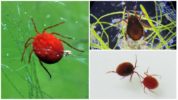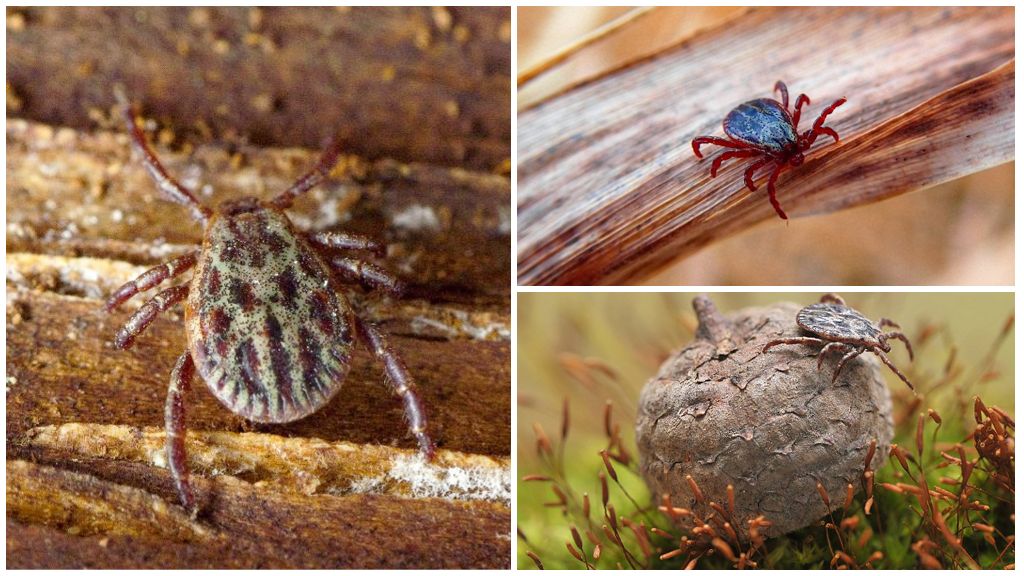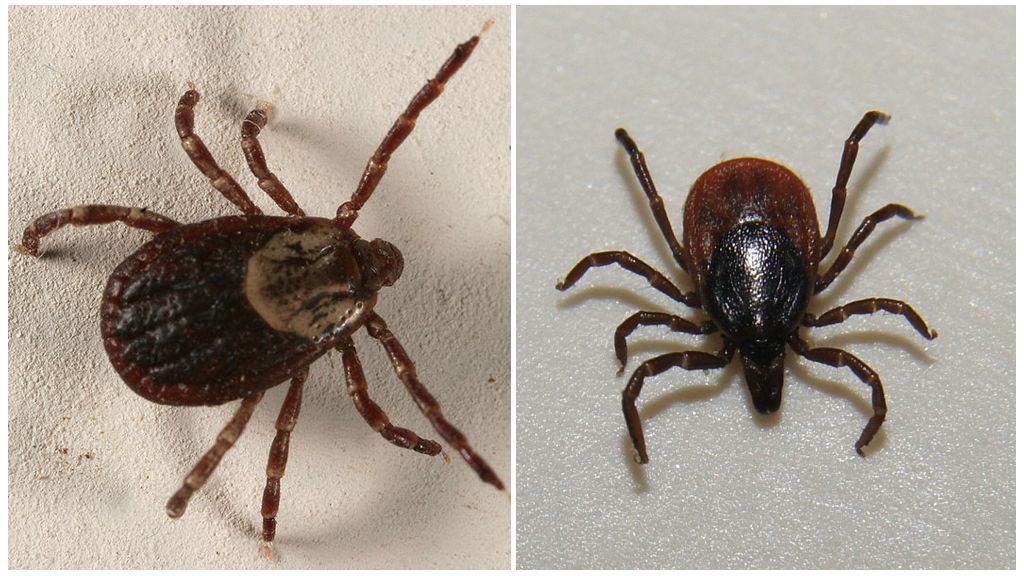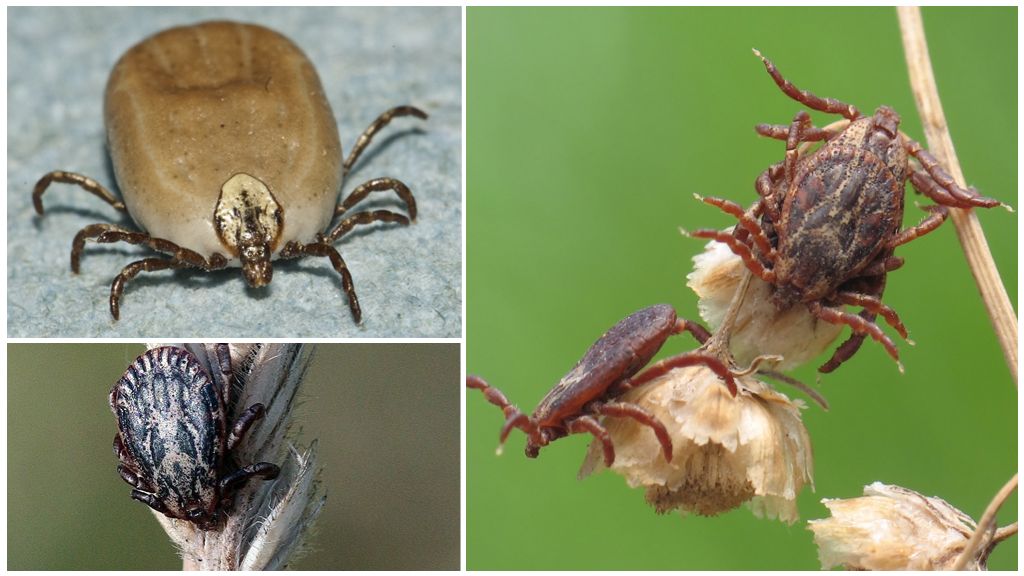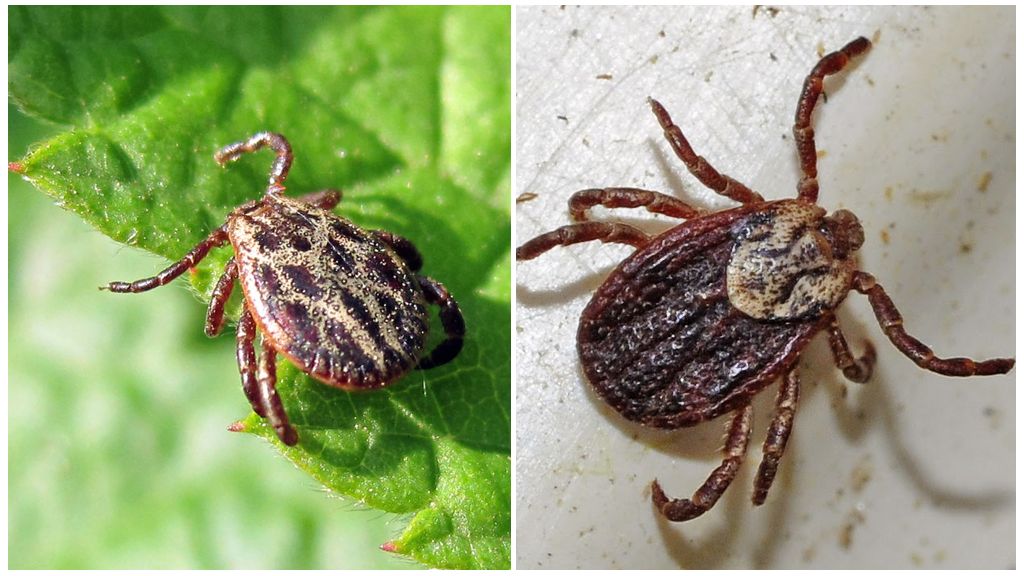- Water mites
- Water mites
A water tick lives in the body of water, there are freshwater species, as well as inhabitants of the seas and oceans that prefer salt water. This species in most cases also parasitizes, however, its diet differs radically with the meals of ground ticks.
Appearance
The water tick, like its other relatives, is small, it will be difficult to examine it with the naked eye. Photos of a water tick for study are taken under a microscope, and then enlarged several times. Recognize the water inhabitant of arachnids by the following characteristics:
- the size of adults is not more than 3 mm, males do not grow to such sizes, their body length is not more than 2 mm;
- the body has a round shape, a very small head is difficult to see even when enlarged;
- the color of the water inhabitant is usually bright, colors can vary, yellow, orange, red ticks are predominantly found;
- like other arthropods, there are four pairs of limbs, the first is modified;
- one or two pairs of eyes on the head;
- adults are almost completely covered with bristles.
A water tick is an excellent swimmer, he managed to achieve this due to long legs.
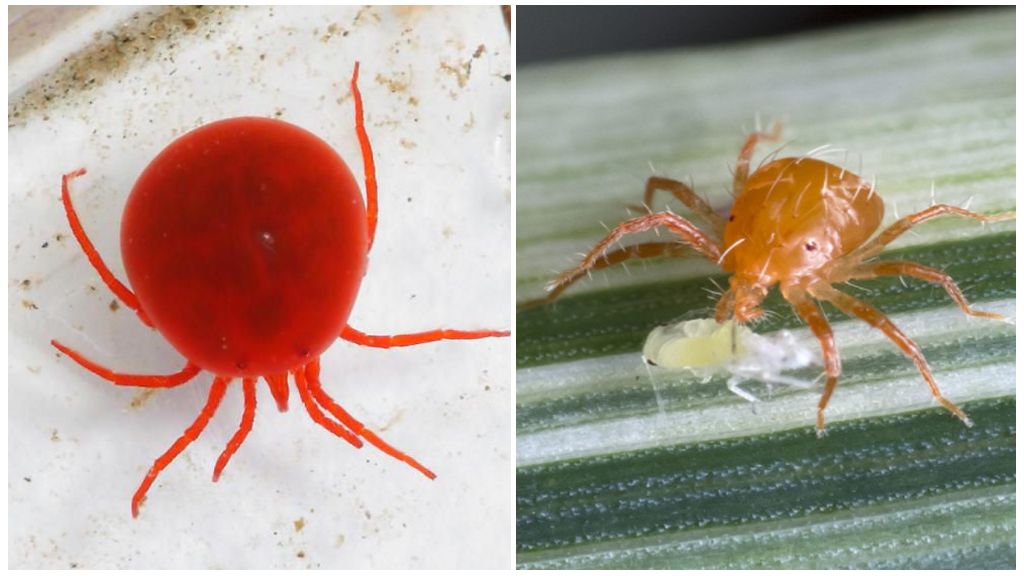
Interesting!
Breathing is carried out by the entire surface of the back, oxygen is absorbed from the environment. Arachnid can survive, even if the ratio of oxygen to other substances is 1 in a million.
Representatives of the genus Limnocharis do not have small setae on the body; their legs are poorly developed. They move only along the bottom crawling.
There is a subspecies living in salt water. A sea tick is practically no different from its freshwater relatives.
Nutrition
Water mites are also parasites, most of them are predators. The basis of the diet are:
- plankton;
- aquatic invertebrates;
- small crustaceans;
- seaweed.
Water parasites often attack mussels; they can be on the same individual for almost the entire life or periodically change their host. Such a “tenant” will not become the cause of death, but it will take away the vital forces of the chosen victim.
On a note!
A water mite is not at all dangerous to humans, an arthropod will not even think about attacking such a large warm-blooded individual.
Breeding
Reproduction occurs sexually. After mating, the female lays eggs on algae, they attach to the selected victim and go through a complex life cycle of three juvenile stages. Only after doing this long journey in an inert state, the larva hatched from the egg will become a sexually mature individual. It is impossible to find a separately floating egg or a larva of a water tick; only adults can be in this state.
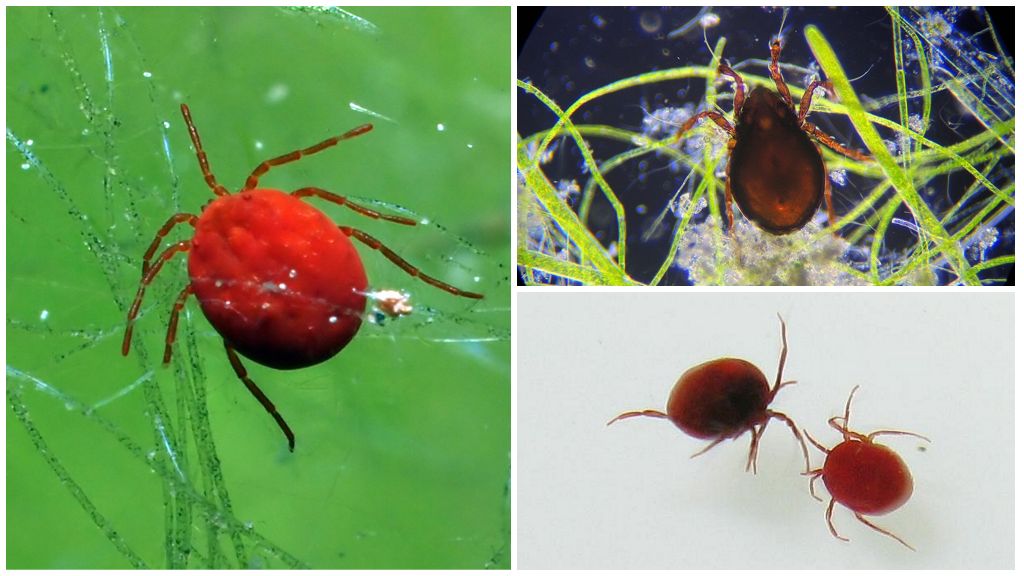
Habitat
A water tick can be found in almost any body of water, whether it is fresh or salted. They are common in:
- large and small rivers;
- saline and freshwater lakes;
- mountain streams;
- seas and oceans.
Interesting!
Analysis of stagnant water from a forest puddle showed the presence of water ticks in a small amount.
With the naked eye, you can locate ticks on the shallows of rivers and ponds in clear weather. If you look closely, then on the sandy bottom you can see very small, slowly moving brightly colored points, these will be the desired aquatic species of arachnids.
Danger to humans and animals
Water mite poses no danger to humans or pets. Unlike ixodic their water relatives are not blood-sucking. They can parasitize on the inhabitants of the reservoir, the bite of a water tick is not terrible for a person, he simply will not attack.
The parasite mainly affects mussels, small crustaceans, zooplankton. With its tentacles, the tick in the water expands firmly to the chosen victim and does not release it until the last, gradually drinking juices from it. Such a neighborhood cannot lead to death, but it can cause many inconveniences.
Ticks can live not only on the earth's surface, like blood-sucking ones. Water open spaces are open for them, and here they can lead a different lifestyle. Some people prefer to parasitize and drink juices from other inhabitants of the aquatic expanses, other species are content with plant foods and feel no worse.

